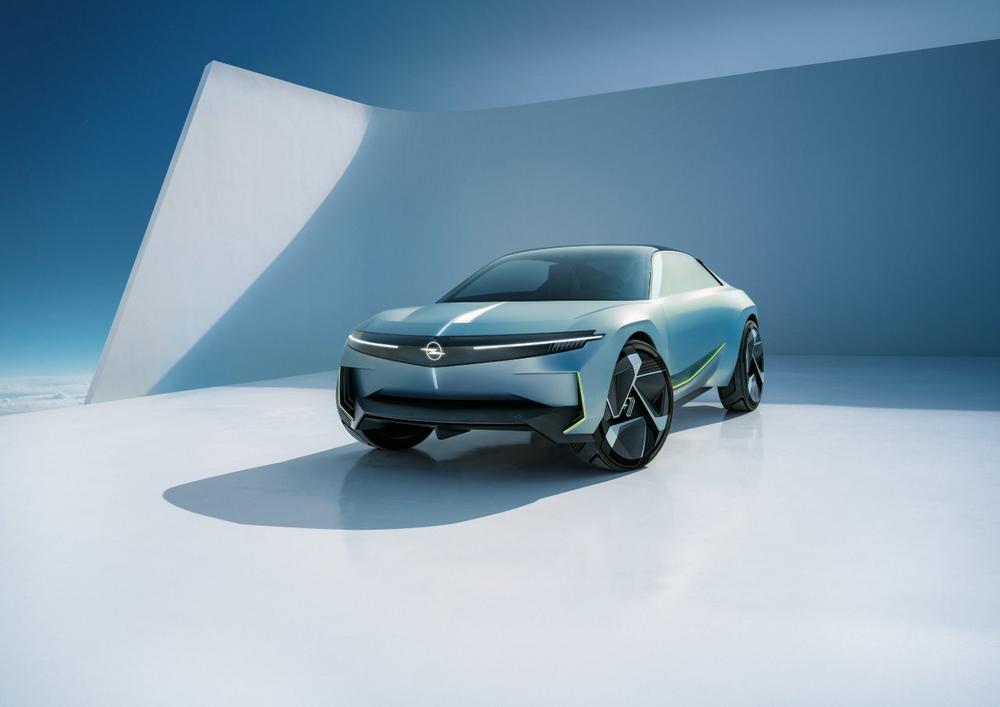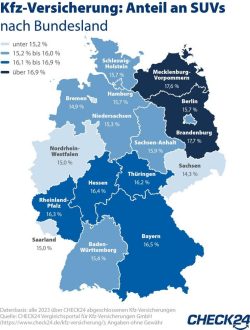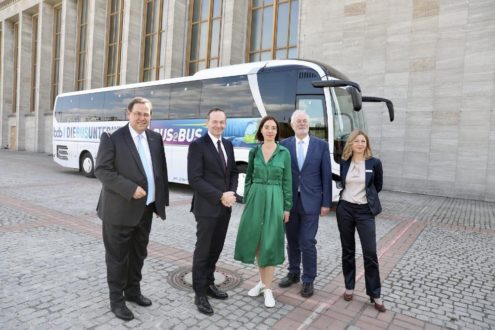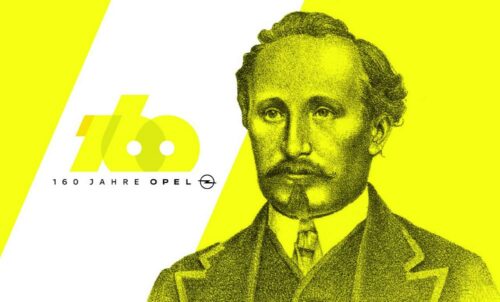
Opel Celebrates “60 Years of Opel Design Studio”
- First of its kind: Advanced Studio started its creative work at Opel in 1964
- Visionary concept cars: From the 1965 Experimental GT to the 2023 Opel Experimental
- Two reasons to celebrate: “125 years of automotive production at Opel” and “60 Years Design Center”
2024 is an extraordinary anniversary year for Opel: The German brand has been producing automobiles for 125 years. Since 1899, the carmaker has made mobility affordable for millions of people – and at the same time continuously inspired the public with innovative models. Today, the Blitz emblem stands for the progressive electrification as well as the emotional, electrifying side of the brand. The design is primarily responsible for how a car can delight at first glance. And here Opel laid the pioneering foundations exactly 60 years ago: in 1964, the Opel Design Studio in Rüsselsheim, the first automobile design centre of its kind in Europe, was opened. Since then, it has not only been responsible for the constantly evolving design philosophy of the Opel production models. The designers have also created groundbreaking concept vehicles that provide a glimpse of the brand’s future – from the legendary Opel Experimental GT in 1965 to the most recent breathtaking Opel Experimental brand study, which had its sensational world premiere last year. And so, on Saturday, June 8, 2024, Opel celebrated two anniversaries with customers, employees and other high-ranking guests: 125 years of automobile production at Opel and 60 years of the Opel Design Center.
“Our production models delight our customers with their Bold and Pure design. From the Experimental GT, Opel has revealed iconic concepts that have shown our automotive future, with the Opel Design Center as the home of this creativity. Our designers have been bringing automotive dreams to life and making them real for a wide audience for six decades now,” said Mark Adams, Vice President Design of Opel/Vauxhall.
Visionary Design Center: Three design departments under one roof
1964 was a year of Olympic Games – the XI Winter Games were opened in Innsbruck, and just a few months later, the Olympic flame burned at the XVIII Summer Games in Tokyo. And Rüsselsheim also extended an invitation to a special celebration. For the first time, guests were able to visit the new Opel Design Studio in building N10. For many of them it was also the last time, because after the grand opening, the futuristic-looking facilities were again closed to the public. From June 1964, forms, colours and functions of the brand’s cars were developed and decided here. “It’s easier to get into Fort Knox than into N10,” said an insider back then.
The formal opening of the building marked a milestone in European automotive history. It was the largest design studio owned by an automaker in Europe. Until then, most European car manufacturers often commissioned external specialists for the development of new concept cars. Northern Italy, in particular the area around the capital of the Piedmont region, Turin, was regarded as the mecca of automobile design. Pietro Frua, Guiseppe “Nuccio” Bertone and Pininfarina had all set up their coachbuilding enterprises between the Alps and the Apennines. They were responsible for the design of many of the car manufacturers’ new models and concepts.
In Rüsselsheim, three new department were housed in the building known as N10. The Interior Design department determined the forms and materials inside the car, and designed seats, instrument panels and trim panelling. The second department was concerned with bodywork. It worked on the face, the silhouette and the proportions of the car, giving each model its own character. While the bundling and emphasis on design work was a novelty in the European automotive industry, the third department at N10 was simply tasked with pioneering work. For the first time in Europe, Opel had created a team of high-calibre designers who were now reaching out beyond the confines of daily business and the further development of familiar model series to focus their sights much further into the future. While others at best developed the shape of a new body, in Rüsselsheim thought was being put into design language and emotions. Advanced Design dedicated its work primarily to completely new concepts for automobiles – the ideas for mobility and the car customers of the future being central.
First concept car from a European manufacturer: The Opel Experimental GT
To be at the forefront of future development, Opel built its own Advanced Studio as an integral part of its operation. In 1965, barely one year after work began at N10, the first project of this department of thinkers and visionaries around Erhard Schnell was exhibited at the Frankfurt Motor Show (IAA): the Opel Experimental GT, the first completely new concept car developed by a European manufacturer. For the first time a reputable car manufacturer in Europe had developed a vehicle whose only purpose was to demonstrate the possibilities of new, creative forms. At no stage during its development was it planned as a series production vehicle.
But things turned out differently: the feedback from the media and the public for the high-performance study with the characteristic “Coke Bottle Shape” was overwhelming. One would never have expected such an extravagant sports car from Opel. And thus, the decision was quickly made to bring the Opel GT into series production. Just three years after the initial spark at the IAA, the GT prototype matured into a production car in record time.
The visionary approach of the Opel Design Studio was unique in Europe in the 1960s. It quickly turned into a European school for automobile design that had a magical attraction for the best in the industry. The studio’s personnel list from the past reads like a Who’s Who of the automotive design world: Anatole Lapine, Erhard Schnell, George Gallion, Charles M. ‘Chuck’ Jordan, Herbert Killmer, Chris Bangle, Murat Nasr and Hideo Kodama. And more than a few made their way to other manufacturers during their career after other brands had also established their own design studios years later. Many ideas, forms and design statements in automobiles originated in Rüsselsheim and reach back into the 1960s.
Traditionally innovative: Exciting concepts including the recent Opel Experimental
The list of design icons created by the Opel Advanced Design Studio in these 60 years can hardly be topped in its diversity. The Opel Experimental GT was quickly followed by the Opel CD, a streamlined coupé with a V8 engine in 1969, the GT2 with sliding doors in 1975 and the extremely aerodynamically optimised Tech1, whose drag coefficient of 0.235 was an absolute sensation in the early 1980s.
The Opel Monza Concept, presented in 2013, already provided a first taste of the bold and pure design language of the current Opel design, for which the team led by Vice President Design Mark Adams was responsible. In 2018, the GT X Experimental was the first study to show the future Opel Vizor – which shortly afterwards celebrated its premiere in a series model as the Opel Mokka. To this day the Vizor is the central element of the front design across the entire Opel portfolio. In addition, the Pure Panel, which offers wide touchscreens and reduces all other control elements to the essentials, was also seen for the first time – today it too can be experienced in every new series production Opel.
Advanced Design delivered its most recent “hit” with the breathtaking Opel Experimental. The study presented last year provides a glimpse of the future of the brand. With impressive proportions, intelligent aerodynamic solutions, highly efficient use of space as well as the latest lighting technology and electrochromic materials, the battery-electric Experimental represents Opel’s resource-saving automotive future. At the same time, 60 years after opening the first design centre of a manufacturer in Europe, the designers at Opel are already working on automotive designs for the coming decades – exciting ideas and concepts guaranteed!
Opel Automobile GmbH
Bahnhofsplatz
65423 Rüsselsheim
Telefon: +49 (6142) 7-70
Telefax: +49 (6142) 77-8409
http://de-media.opel.com/de
Telefon: +49 (6142) 6927466
E-Mail: leif.rohwedder@opel-vauxhall.com
![]()




